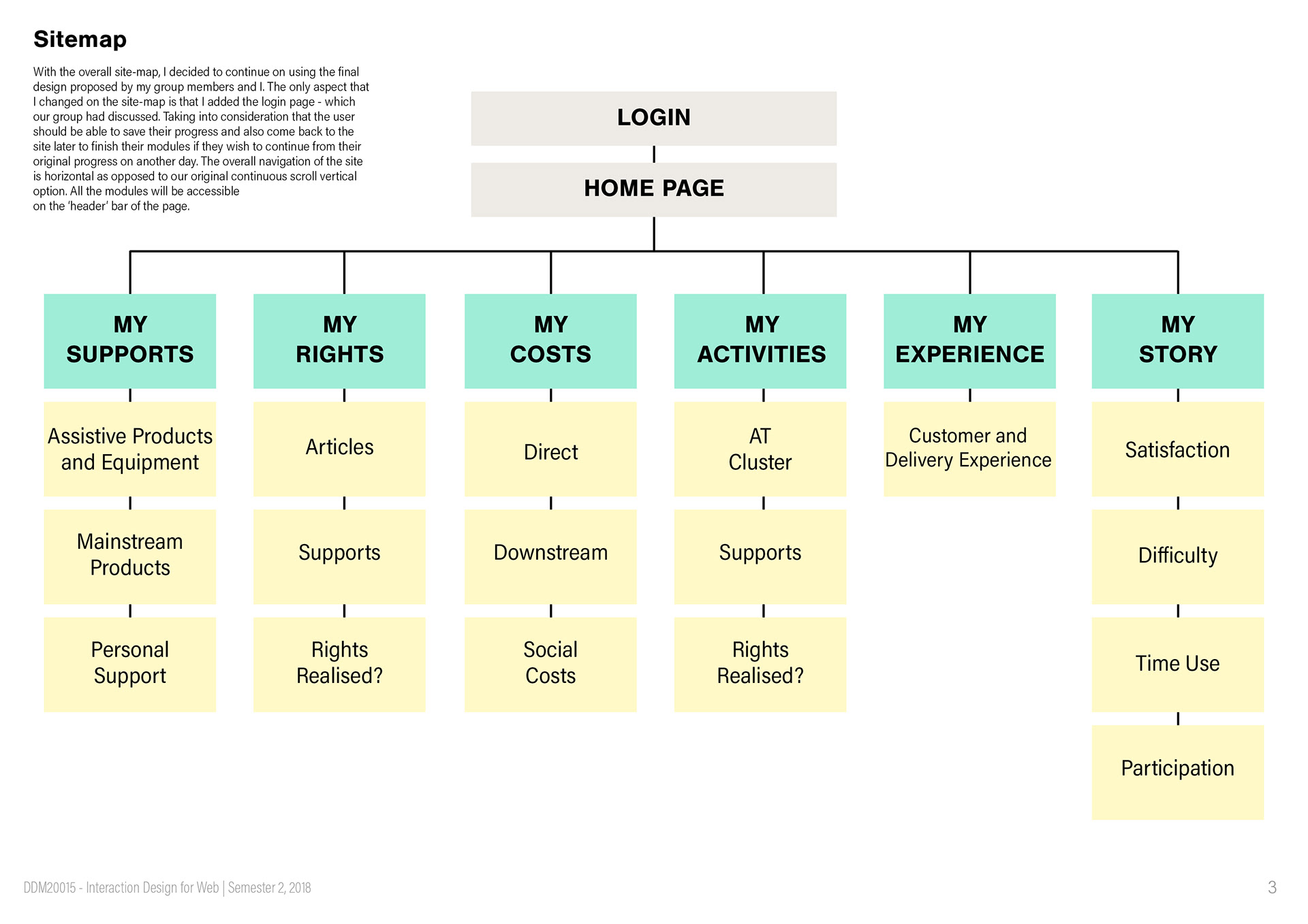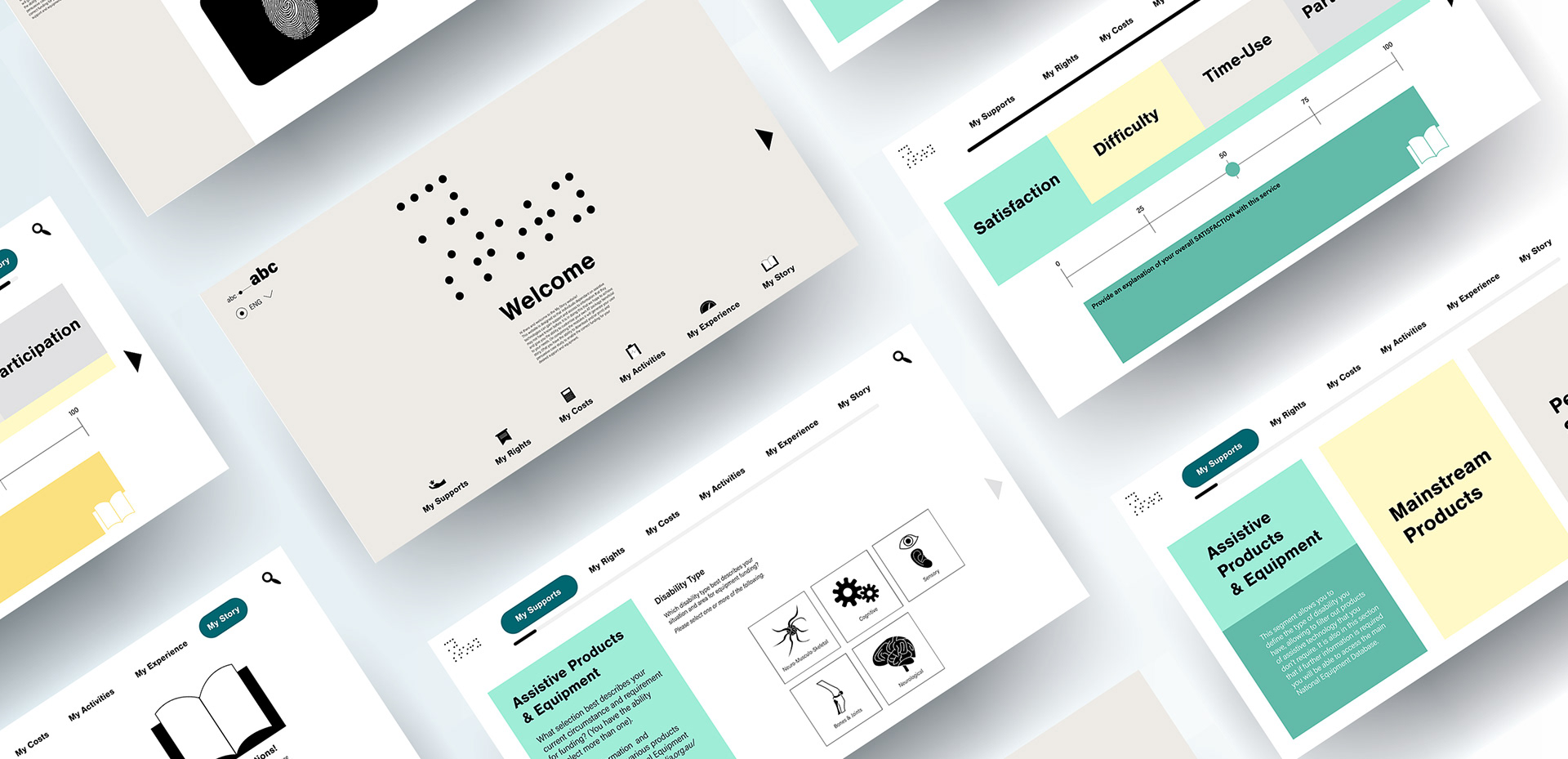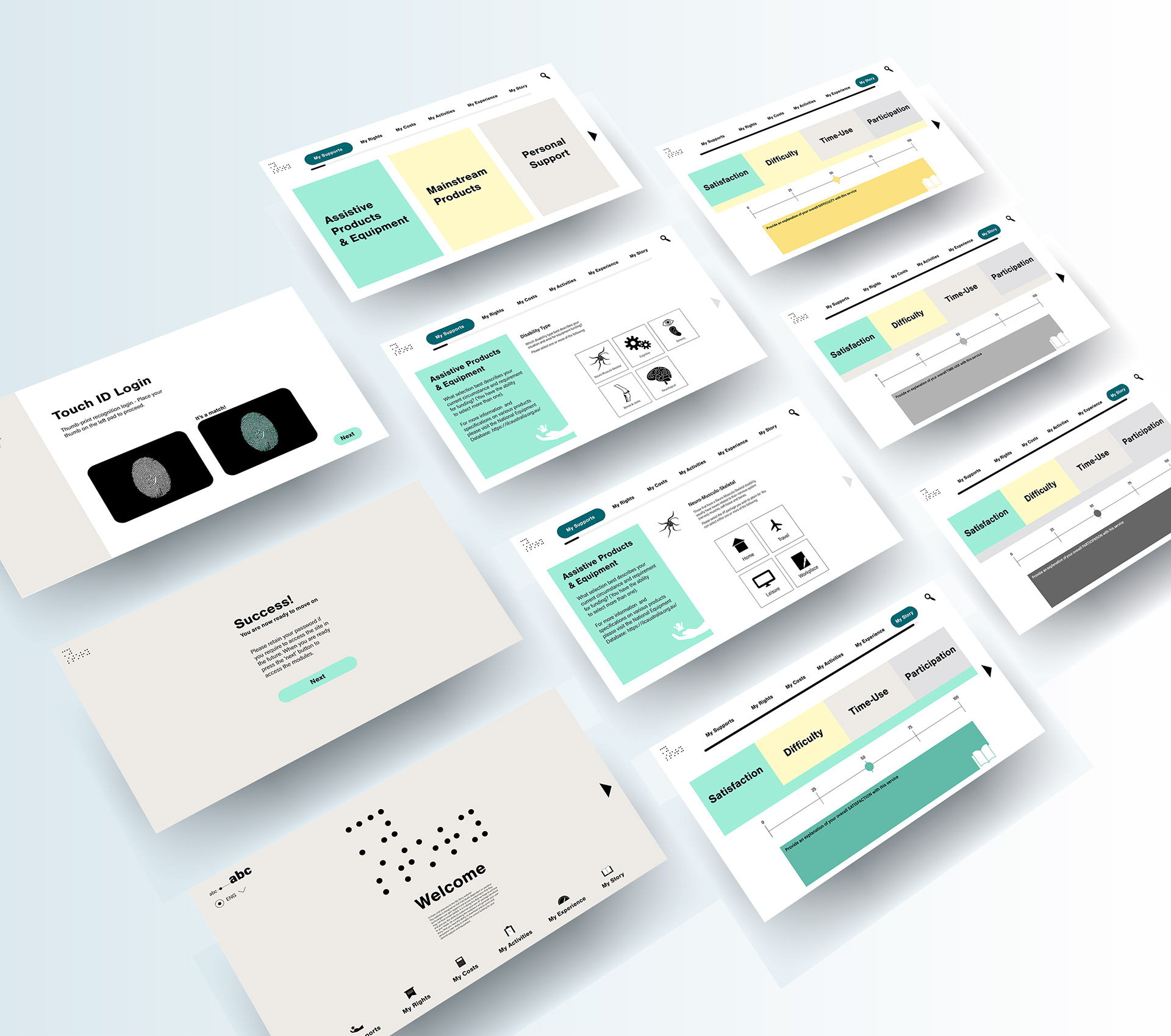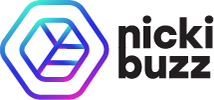"My Story" Welcome Page
Mockup created by and available at lstore.graphics
Mockup created by and available at lstore.graphics
“My Story” was a combined group project that I worked on alongside two other Swinburne peers, Aaron Agustin and Lauren Chia. The brief delivered from Dr Natasha Layton (Occupational Therapist and Swinburne Lecturer) was to create a website that could assist Occupational Therapists and those living with a disability in compiling their proxy report for NDIA, by specifically identifying and customising appropriate Assistive Technology device decisions to meet the needs of each disability user.
About 1 in 5 Australian’s live with a disability, which is approximately 4 million people (Australian Network on Disability, 2018). Out of these people, approximately 1.9 million rely on assistive technology (AT) to live independently, which highlights an inherent need for investment in AT (Hobbs, Close, Downing, Reynolds & Walker, 2009).
A key challenge among the Australian population with a disability is significant financial difficulty. A combination of low rates of paid employment and dependency on government pensions and allowances for income have classified most Australian’s living with disabilities as living in poverty. (Layton et al, 2010).
During our briefing, Dr Layton addressed that there was an already established model OTs refer to called the “My Outcomes Tool”, which consist of six pre-existing sub-models: my supports, my outcomes, my costs, my rights, my customer experience and my service delivery pathway experience. After analysing through the outcomes tool it became easier to streamline, adapt and embed these as chronological milestones to complete on the website written in simplified English. The project we created was renamed “My Story” because as the OT and disability user go through the process it automatically generates a report at the end based on the answers they provide and submit.
About 1 in 5 Australian’s live with a disability, which is approximately 4 million people (Australian Network on Disability, 2018). Out of these people, approximately 1.9 million rely on assistive technology (AT) to live independently, which highlights an inherent need for investment in AT (Hobbs, Close, Downing, Reynolds & Walker, 2009).
A key challenge among the Australian population with a disability is significant financial difficulty. A combination of low rates of paid employment and dependency on government pensions and allowances for income have classified most Australian’s living with disabilities as living in poverty. (Layton et al, 2010).
During our briefing, Dr Layton addressed that there was an already established model OTs refer to called the “My Outcomes Tool”, which consist of six pre-existing sub-models: my supports, my outcomes, my costs, my rights, my customer experience and my service delivery pathway experience. After analysing through the outcomes tool it became easier to streamline, adapt and embed these as chronological milestones to complete on the website written in simplified English. The project we created was renamed “My Story” because as the OT and disability user go through the process it automatically generates a report at the end based on the answers they provide and submit.

Breakdown of "My Story" Milestones

"My Story" Sitemap

"My Story" Buttons and Navigation

"My Story" Brand and Identity

"My Story" Screen Showcase Part 01

"My Story" Screen Showcase Part 02
Site Layout and Branding Choices
The inspiration for the "My Story" logo was from the way those words were represented in braille. A suggestion towards the diversity in the range of disabilities one can have and the need for inclusivity.
It was also important to include rather easy to use widgets like scales, radio buttons and simplistic pictograms to reduce complexity, confusion and unnecessary jargon that serve as an obstacle between the disability user and their needs.
The Final Website has been discontinued but is as follows:
http://mystorymyoutcomes.s3-website-ap-southeast-2.amazonaws.com/
http://mystorymyoutcomes.s3-website-ap-southeast-2.amazonaws.com/
